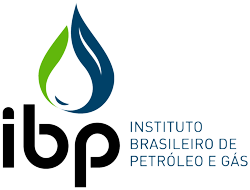
Even with laws, regulations, or risk management tools designed to avoid subsea accidents in offshore installations, a major accident reveals failures in companies’ risk control. In addition, similarities between different riser failure events challenge the current technologies and completeness of applied risk management practices. Due to the limitation of easily accessible oil and gas reservoirs, the oil and gas industry is devoting increased interest to subsea equipment. More than 4,000 offshore pipes in Brazil include umbilical, service lines, injection lines, multiphasic lines, oil pipelines, and gas pipelines. The paper presents the analysis of all riser incidents in Brazil to verify the common causes to address gaps in riser risk management practices. The outcome of this study shows that most parts of the riser causal factor are related to equipment failures, and the most recurrent root causes are project error and integrity control. However, most investigations identified few causal factors and root causes and the absence of riser failure mode and mechanisms. Therefore, the development of incident recommendations can be prejudicated. Thus, improvements in ANP regulation and operator incident investigation procedures should be required.












